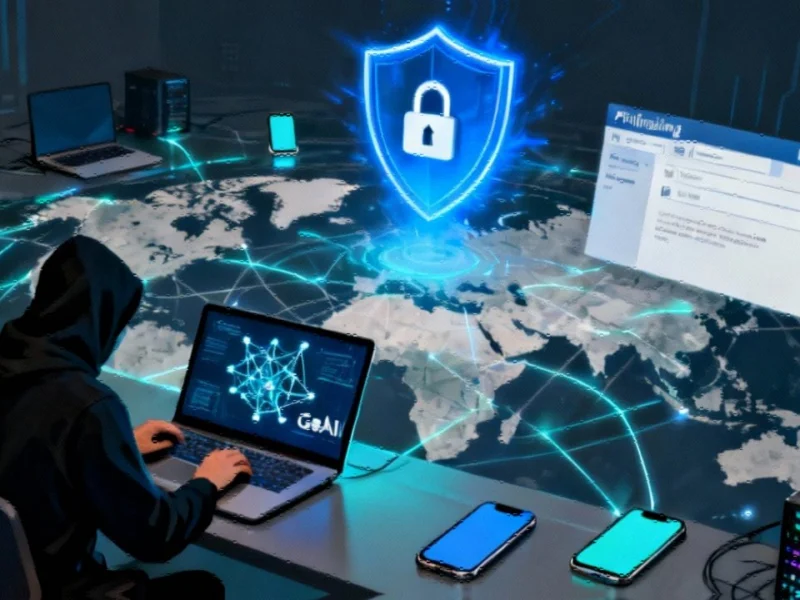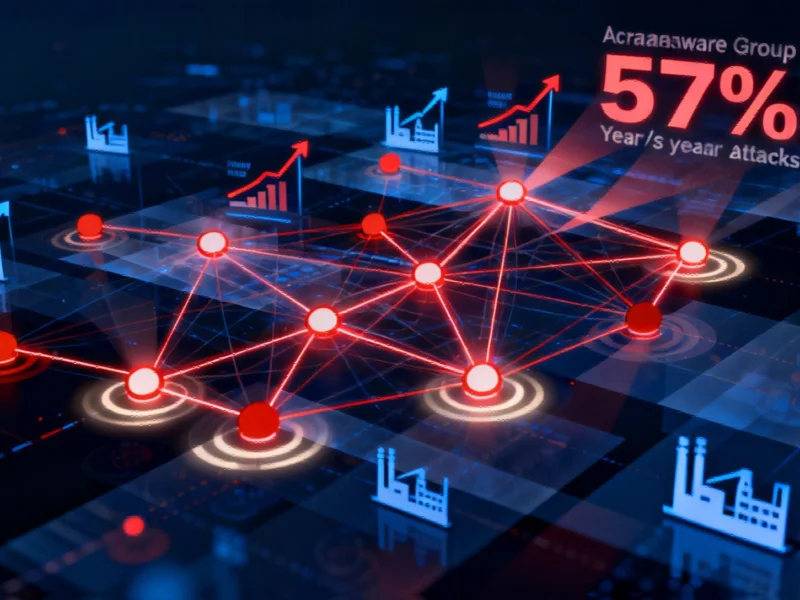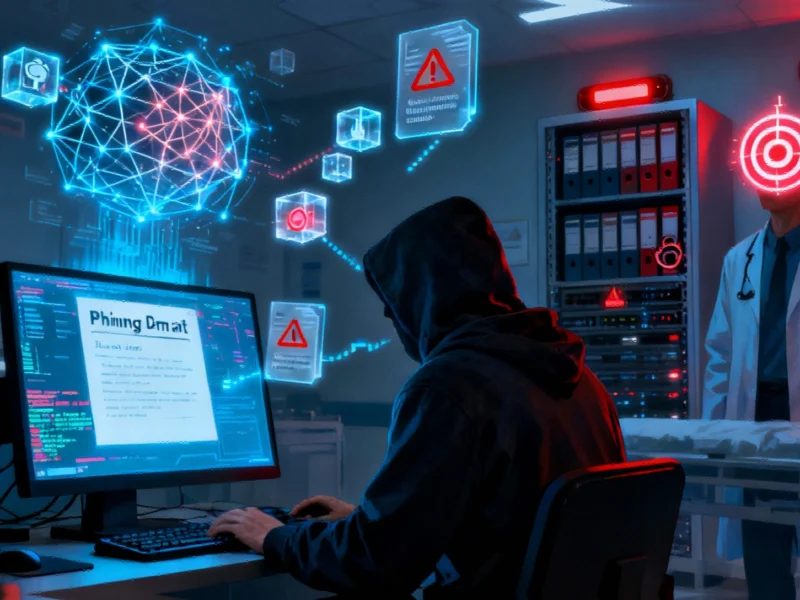The Double-Edged Sword of Digital Transformation
In today’s rapidly evolving digital landscape, organizations face a critical dilemma: the relentless pace of technological innovation often outpaces security measures, creating unprecedented vulnerabilities. According to Rob Allen, Chief Product Officer at ThreatLocker and a 20-year cybersecurity veteran, this gap between innovation and security represents one of the most significant challenges facing modern enterprises.
“While innovation moves fast, security often lags behind,” Allen observed during a recent discussion about the global cybersecurity landscape. “Cybersecurity is still treated as an afterthought in many cases, despite the growing sophistication of threats.”
The AI Revolution in Cybercrime
One of the most concerning developments Allen highlighted is the surge in generative AI adoption among cybercriminals. This technological advancement has dramatically lowered the barrier to entry for creating sophisticated ransomware and other malicious attacks.
“Phishing emails, which were once easy to spot, can now look legitimate,” Allen explained. “Attackers are also constantly innovating to bypass traditional detection tools. For businesses, especially those with high cloud adoption and third-party dependencies, this means doubling down on proactive defense, continuous monitoring, and strong identity controls becoming more critical than ever.”
The widening cybersecurity skills gap compounds these challenges, particularly as AI-powered threats evolve faster than defense capabilities. Organizations must confront this reality head-on through strategic workforce development and technology investment.
The Perfect Storm of Connectivity and Complexity
What makes our digital ecosystem particularly vulnerable? Allen points to the convergence of several factors creating what he describes as a “perfect storm” for cyber vulnerabilities:
- Unprecedented connectivity: Billions of devices and applications coming online annually
- Complex supply chains: Increasing third-party dependencies and integration points
- Inconsistent security practices: System patching and updates often deprioritized
- Rapid technology adoption: Progress frequently prioritized over stability
This complex environment requires organizations to rethink their approach to security fundamentally. Recent industry developments in financial services demonstrate how even established institutions are adapting their strategies to address emerging digital risks.
The Zero Trust Imperative
Allen advocates for a fundamental shift in security philosophy, emphasizing that traditional perimeter-based defenses are no longer sufficient against modern threats. “Companies need to move to a Zero Trust model,” he stated. “The reality is, attackers are always looking for the easiest way in, and traditional detection-based security can’t keep up with the speed and sophistication of modern threats.”
The Zero Trust framework operates on the principle of “never trust, always verify,” assuming potential threats exist both inside and outside the organization. This approach requires continuous validation of every access request, regardless of its source.
Emerging AI frameworks are helping organizations implement these principles more effectively, bridging critical gaps in threat detection and response capabilities.
Cybersecurity Careers: From Ethical Hacking to Strategic Leadership
As threats evolve, so do career opportunities in cybersecurity. Allen highlighted the value of diverse pathways into the field, including ethical hacking—a role previously held by ThreatLocker founder and CEO Danny Jenkins.
“Attackers don’t follow the rules,” Allen noted. “They look for the easiest way in, whether that’s an unpatched system, an over-permissioned account, or a human mistake. Ethical hacking empowers cybersecurity professionals to think outside the box and see what others often overlook.”
For those considering cybersecurity careers, Allen emphasized that the field doesn’t necessarily require years of formal education. Instead, he urged young people with an interest in hacking or technology to “put those skills to good use by protecting businesses and individuals, rather than exploiting them.”
Successful cybersecurity professionals typically develop a combination of technical expertise and transferable soft skills, including:
- Adaptability: Navigating rapidly changing threat landscapes
- Risk management: Balancing security with operational needs
- Communication: Explaining complex threats to non-technical stakeholders
- Leadership: Driving security-conscious culture throughout organizations
The growing importance of cybersecurity is reflected across multiple sectors, where organizations are making strategic investments to bolster their digital defenses and resilience.
The Future of Digital Defense
As organizations grapple with these challenges, Allen remains optimistic about our collective ability to strengthen digital defenses. “I want people and organizations to be more secure. Whether that’s with ThreatLocker or not,” he said.
With the right combination of technological innovation, strategic frameworks like Zero Trust, and skilled professionals, businesses can navigate the complex cybersecurity landscape more effectively. However, this requires acknowledging that security can no longer be an afterthought—it must be integrated into every aspect of digital transformation from the outset.
The path forward demands recognizing that in our interconnected world, every organization is a potential target, regardless of size or industry. By embracing this reality and building security into innovation processes from the beginning, we can create a digital ecosystem that’s both advanced and secure.
This article aggregates information from publicly available sources. All trademarks and copyrights belong to their respective owners.



